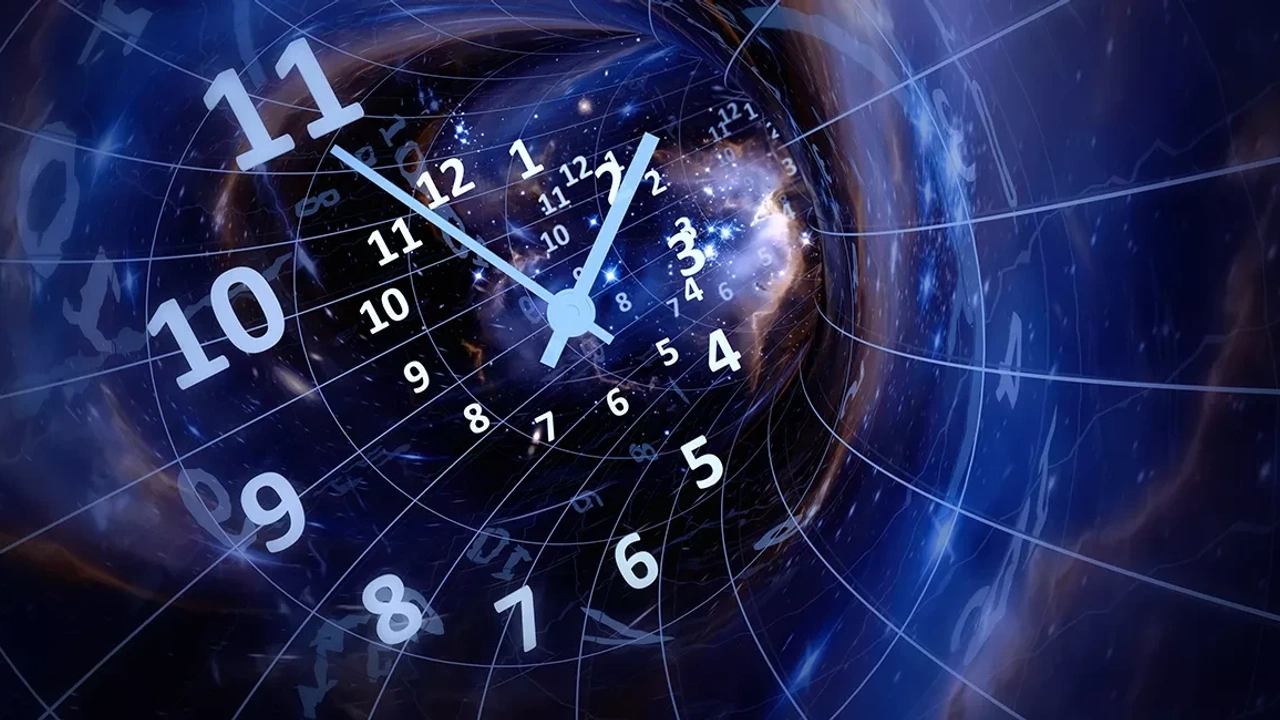Science News
& Faculty Articles
Gravity Wave Signals are being Analyzed to Detect Gravitational Memory Effect

An Ongoing Meta-analysis of Gravitational Wave Signals may soon Prove that Space Remembers: permanent memory imprints in spacetime may soon be detected, which will be a validation of Nassim Haramein and our research team’s prediction that space has the property of memory, in which we described how the informational imprint of memory in space is what holographically generates time—that is to say that 4D spacetime is a holographic projection of a 3D voxel information network—as well as ordering properties underlying dynamics of organized matter. The gravitational wave memory effect is a prediction of general relativity, and physicists have devised a test of this interesting spacememory effect via a meta-analysis of gravitational wave detector data. The presence of memory effects in gravitational wave signals not only provides the chance to test an important aspect of general relativity, but also represents a potentially non-negligible contribution to the waveform for...
Time Dilation Experiment with Atomic Clock Opens Possibility to Measure Relativistic Effects in Matter in Quantum State

By: William Brown, Biophysicist at the Resonance Science Foundation
The way we measure time is via frequency. To measure spatial dimension, we use a ruler. In classical mechanics we assumed that these measurement devices were static and would measure the same time and length no matter how an observer was moving or where they were located. However, in the late 19th century it was discovered that this “common sense” perspective of the world is erroneous, and a new mechanics was necessitated. Hendrik Lorentz and Henri Poincare described how rulers contract and clocks measuring frequency have a dilation in the rate of "ticks" they read depending on the movement of a given frame of reference— which was described in relation to the aether in Electromagnetic phenomena in a system moving with any velocity smaller than that of light [1] by Lorentz and The New Mechanics [2] by Poincare. These contractions are known as Lorentz transformations and were generalized by Einstein...
Pulsar Network Reveals Indications of Gravitational Wave Background Permeating Spacetime

By: William Brown, Biophysicist at the Resonance Science Foundation
The confirmation of gravitational waves back in 2015 has opened an entire new field of observational astronomy—in which the detection and analysis of gravitational waves will enable the study of truly remarkable cosmological processes such as black hole mergers, supermassive black hole binaries, the spacetime structure of black hole event horizons, and even possible wormholes. Gravitational waves may seem exotic, but it is thought that there should be a constitutive low-level gravitational wave background that emanates from the summation of all the activity of black hole binaries throughout the galaxy—like the stochastic sound of a crowded room buzzing with chatter, except in this case space and time are subtly stretching and compressing all around us with a constant flux of spacetime waves.

In an effort to detect and confirm this hypothesized gravitational wave background, The North American Nanohertz...



